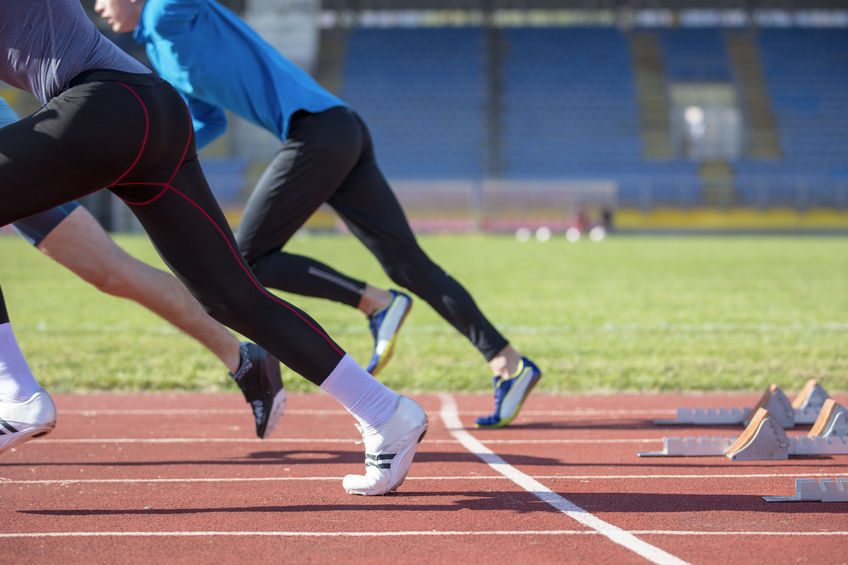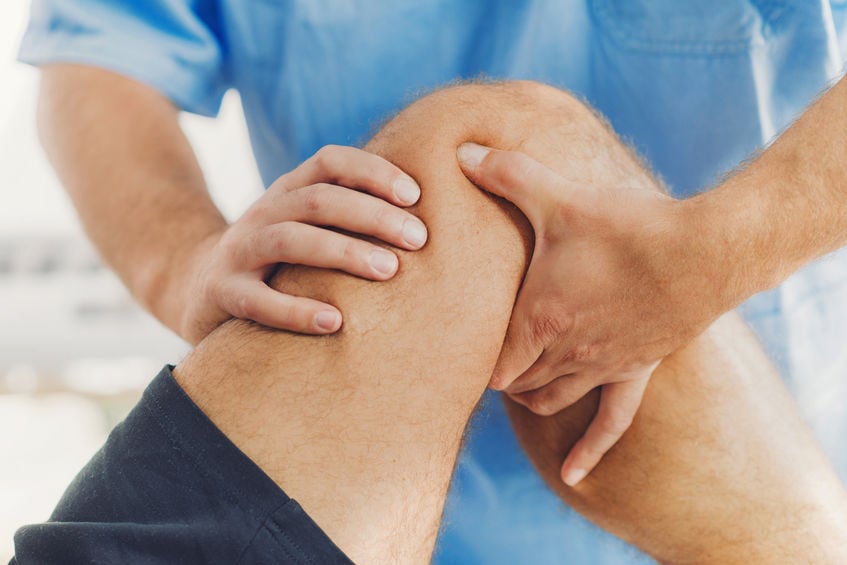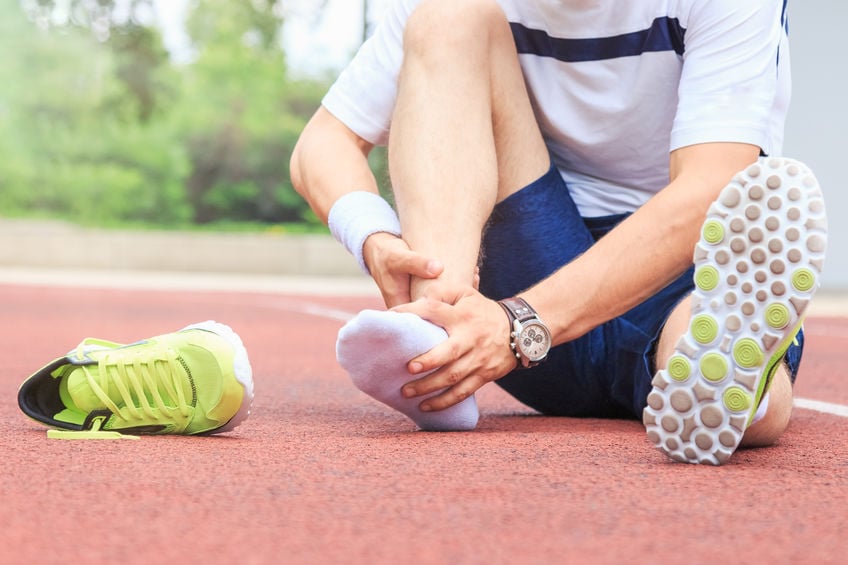How Do I Prepare For ACL Reconstruction?
From rotator cuff injuries to Achilles ligament repair procedures, injured ligaments come from various sources with diverse levels of severity. Due to people being more active and a rapidly aging population, rates of ligament injuries continue to rise. While ligament injuries can be painful and troublesome, many patients can restore full range of motion within several months. Even better, people can go home the same day as surgery with outpatient options. Every injury is a unique challenge, but staying on top of pain levels and decreased mobility is paramount to recognizing damage and maintaining function. While anterior cruciate ligament (ACL) injuries are painful and frustrating, patients can find relief with outpatient surgical intervention and comprehensive physical therapy.
Reconstructing the ACL
To repair the damaged ligament, surgeons stitch the muscle back together through a small incision in the calf. For many repairing procedures, the surgery is done through 2 small incisions. The first incision is used for the small camera, the other for surgical tools. The small camera projects images from within the knee to a small screen to help inform the surgical team. During ACL reconstruction, the torn ligament is removed and replaced with a band of tissue known as tendons that commonly connect muscle to bone.
How long for recovery?
Whether torn, damaged, or degenerated ACL injuries are common, troublesome, and painful. Doctors will remove and replace the ligament in cases of a damaged or diseased ACL. However, no matter the type of ligament issue, most people go home the same day as the procedure. After surgery, patients can expect to keep weight off the impacted leg for up to 10 days. Once stitches are out, a fast recovery hinges on consistent, low-impact physical therapy.
The importance of PT
In many cases, the initial ACL injury is caused by fast changes in direction while running, as found in sports like soccer and basketball. Building up the surrounding muscle is key to recovering from a movement-based ligament injury as fast as possible. Machines such as the stationary bike or elliptical help strengthen muscles while keeping stress off the ligament. Cardiovascular exercises that strengthen the quads are key to expediting recovery time. Stable quads protect the healing ligament, minimizing the risk of re-injury.
New ligament, same you
Hundreds of thousands of Americans yearly seek treatment for a ligament injury. No matter the damage, setting aside several weeks to heal ensures mobility without re-injury. Physical therapy and specific medication can provide notable relief as an initial treatment. In cases of severe tears, surgeons stitch the muscles back together via small incisions in the leg to restore movement. With proper time and care, most people return to daily activity in a few months.



